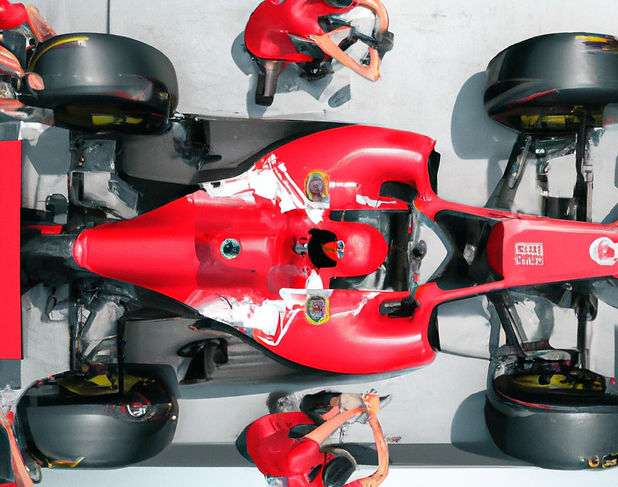
During my carier I lead numerous projects which can be clasified under the LEAN manufacturing umbrela. These included 5S workshops, SMED workshop, 8D and KAIZEN projects, I was also involved in KATA and TPM projects.
5S workshop
One of the basic but also most powerfull tools helping to minimise waste and establish safe and efficent workstation. Based on my experiense the 5th S is usually the most difficult one to achieve. This is why it's importan to have a right people in your team and procedure in place which will not allow to drift from established standard. You can access a game demostrating how powerfull tool 5S is by clicking on the button below (opens in the new window).


SMED
Single Minute Exchange of Die
Over the years I optimised how I run the SMED workshops. The prnimilary work includes audiut checking workstation documentation, adherence to 5S standart and general condition of the equipment. It's quite common that the 5S and TPM (Total Preventive Maintenance) projects will have to be organised before the SMED.
Once the machine is in good condition and workstation is organised I start the 3 days worksop.
I used SMED not only to optimise and improve the changeover on the exisiting machines and processes but also during the intoroduction of the new equipment or process to establish a standard which will be followed by all operators.
SMED worksop agenda I usually follow can be accesed by clicking on the button below.
8D
Developed in the 80's by the Ford Motor Company the 8D problem solving process is a detailed, team oriented approach to solving critical problems in the production process. The goals of this method are to find the root cause of a problem, develop containment actions to protect customers and take corrective action to prevent similar problems in the future.
During my work I was both leading or participated as a tem member in various 8D projects.
Usually for the less severe problems which will not affect a external customers 4D methodology was sufficent.


CTR
Cycle Time Reduction
Taking a similar approach as during the SMED and applying it to the manufacturing process can deliver a tangible benefit for a business. Breaking down the process into distinct steps, analysing each of them and trying to redefine it by eliminating waste is what the CTR is about.
This methodology can be also applied to the transactional operations, for example processing an order request by Purchasing Department.
During CTR, like during every project, it's important to have clearly defined scope and be aware of the potential cost implications.
I completed a several CTR project so far and most of them resulted in shortened cycle times and increased productivity. However, for every rule, there is an exception and during one of the CTR's I had to slow down the production equipment and to redesign some of the consumable tooling. This resulted by almost the same number of pieces being made at the end of the shift as there was less time spent on the tool changes, but the real saving was coming from the consumable tooling. Running machines at the higher speeds resulted in the premature failure of the expensive tooling. This prooved that sometimes less is more.
VSM
Value stream mapping is a flowchart method to illustrate, analyse and improve the steps required to deliver a product or service which can be incredibly useful in various industries. Traditionally VSM reviews the flow of process steps and information from origin to deliver to the customer, but can be also narrowed down to the single production line or process. This tool can be also used to analyse and improve administrative tasks. VSM is extremely useful to find and eliminate waste. Items are mapped as adding value or not adding value from the customer’s standpoint, with the purpose of rooting out items that don’t add value. It’s important to keep in mind that customers, whether external or internal, care about the value of the product or service to them, not the efforts it took to produce it, or the value that may flow to other customers.